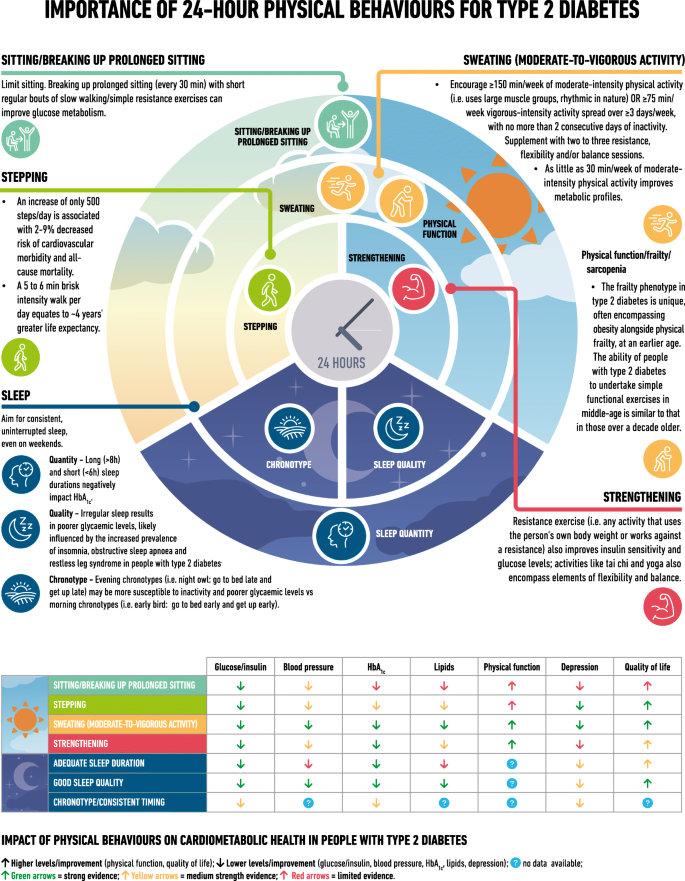Introduction
The anterior cruciate ligament (ACL) injury is a common yet significant concern for athletes and active individuals. Understanding the nature of this injury is crucial for effective prevention, treatment, and recovery. ACL injuries can severely impact an athlete’s performances, leading to long recovery times and potential long-term mobility issues. As this subject gains increasing awareness, exploring its causes and management has become essential for both sports enthusiasts and medical professionals.
What is an ACL Injury?
The ACL is one of the key ligaments that helps stabilize the knee joint. It plays a crucial role in movements such as pivoting, cutting, and jumping. ACL injuries often occur during sports activities that involve sudden stops, changes in direction, or improper landing techniques. According to a report from the National Institute of Health, around 200,000 ACL injuries are reported each year in the United States, with a notably high prevalence in sports such as soccer, basketball, and skiing.
Causes and Risk Factors
Several factors contribute to the risk of sustaining an ACL injury, including:
- Gender: Female athletes are statistically at a higher risk due to anatomical and hormonal differences.
- Improper training: A lack of strength and conditioning or poor technique during physical activity can lead to injuries.
- Previous injuries: An individual with a history of knee issues has a higher susceptibility to additional ACL injuries.
- Sports activities: Participation in high-risk sports increases the likelihood of experiencing an ACL injury.
Treatment and Recovery
The treatment for an ACL injury can vary greatly depending on the severity of the damage. Initial treatments may include:
- Resting and icing the injured area
- Physical therapy exercises to strengthen the surrounding muscles
- In more severe cases, surgical intervention to reconstruct the ACL may be necessary.
Recovery from an ACL injury can take several months, particularly for athletes aiming to return to competitive sports. A comprehensive rehabilitation programme, guided by a healthcare professional, is essential to regain full functionality and reduce the risk of future injuries.
Conclusion
ACL injuries remain a prevalent topic in sports medicine, emphasizing the need for awareness, education, and preventative strategies. As athletes and active individuals seek to maintain their fitness and performance levels, understanding the risks and management options associated with ACL injuries is paramount. Ongoing research and advancements in treatment methods promise a brighter outlook for individuals recovering from ACL injuries, enabling them to return to their activities stronger and more resilient than before.


